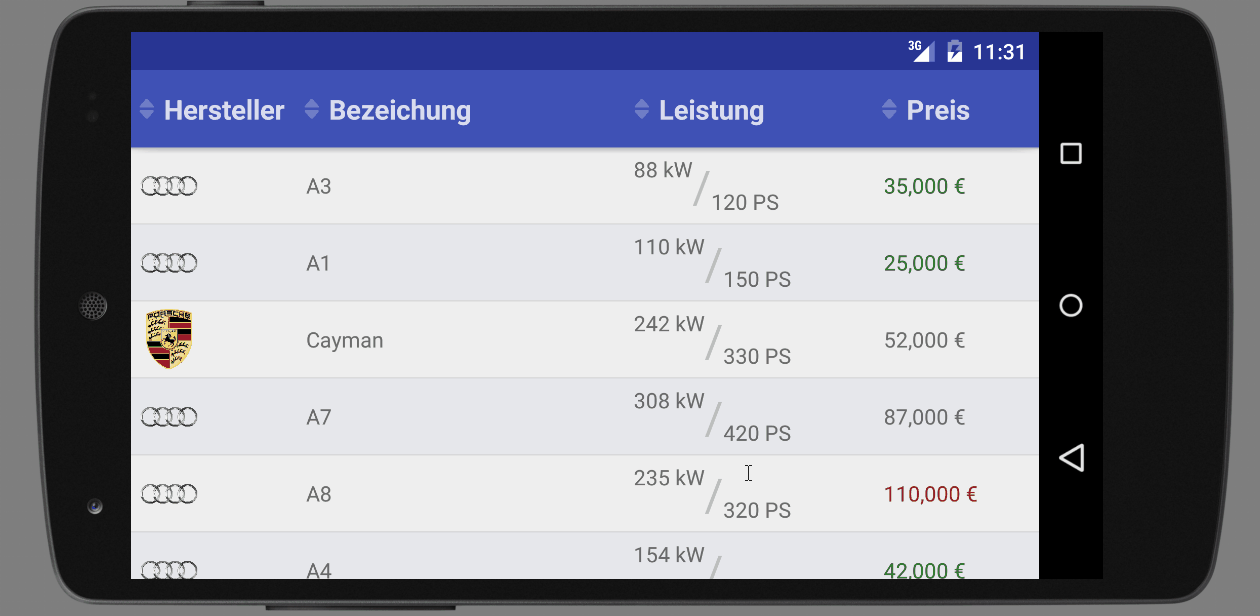

Our goal in this post is to learn few tips to create well-designed ListView-based applications. I’m sure, you can all imagine cheeses as relevant and have enough imagination to consider cheeses like something more ‘accurate’: tweets, Google+ messages, etc.

The reason for this is I preferred focusing on the actual code of the ListView rather the data-fetching code. I know this is far from being a great set of data (especially for a guy that never eat cheese like me). In this article we will focus on creating fancy and eye-candy ListViewsĪlong this post we will display a list of cheeses. They also want their applications to be user-friendly, easy-to-use and … beautiful. Performance and responsiveness are great but I’m sure all of you know users are very demanding. Providing a very smooth and responsive UI is essential to users as mobile applications are a way for them to improve their productivity. I have also given you a few tips that might have helped you to improve performance in your application. In the previous article, we have learned how to section data inside a ListView. You can clone/fork it at the following GitHub page: For instance, all of the code you will find in this page is already available in the ListViewTipsAndTricks project. This project will be augmented with each code I will be developing in this series. In the second opus, I gathered all sample codes into a single repository on GitHub. Note: I do not know how many articles will be written in this series of tips and tricks about the ListView widget. Do not hesitate to learn more about emptiness handling and sectioning Reading those posts is not mandatory but highly recommended as they may be mentioned here.

I strongly suggest to all of them to look at the previous tips and tricks I have illustrated. Note: I apologize to all diligent readers of this blog but I need to give a small reminder to those who have not read the two first articles of the ‘ListView Tips & Tricks’ series.


 0 kommentar(er)
0 kommentar(er)
